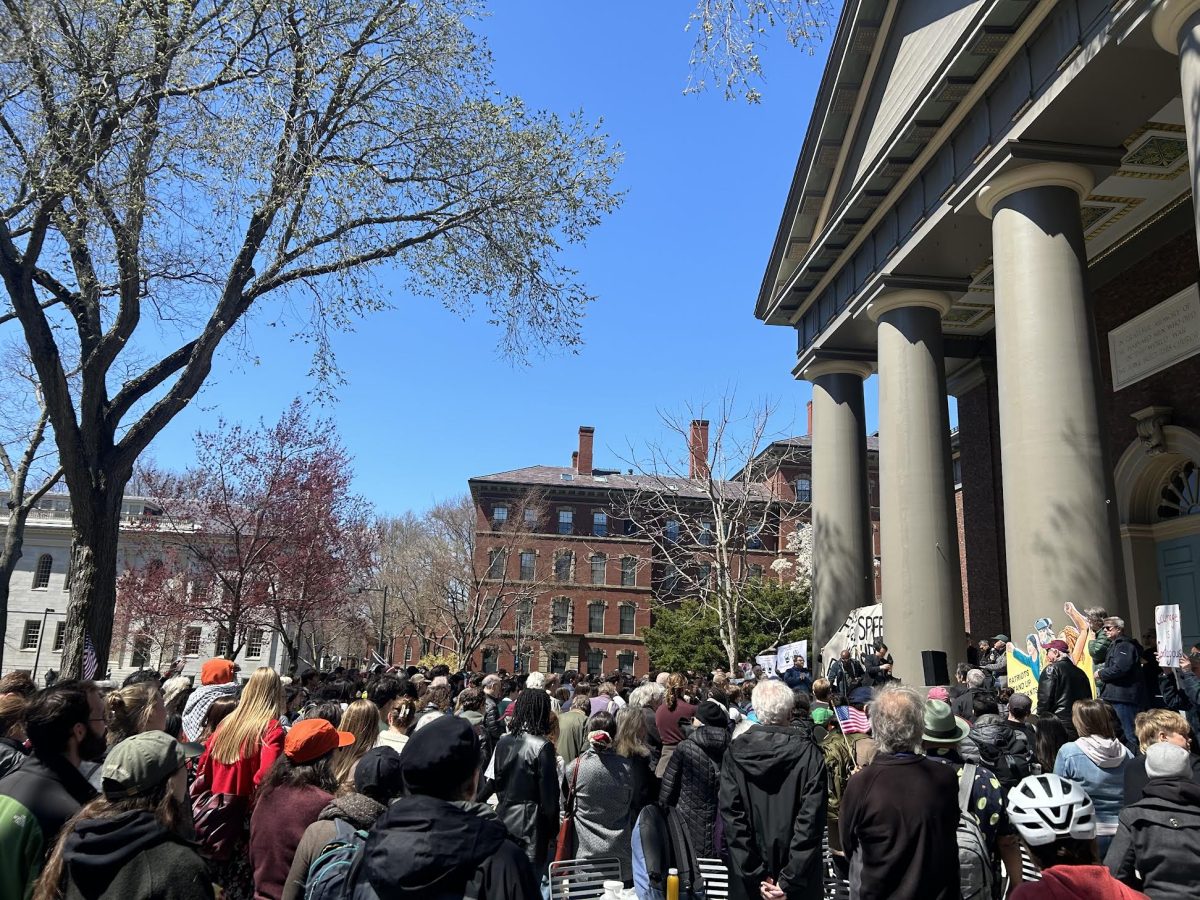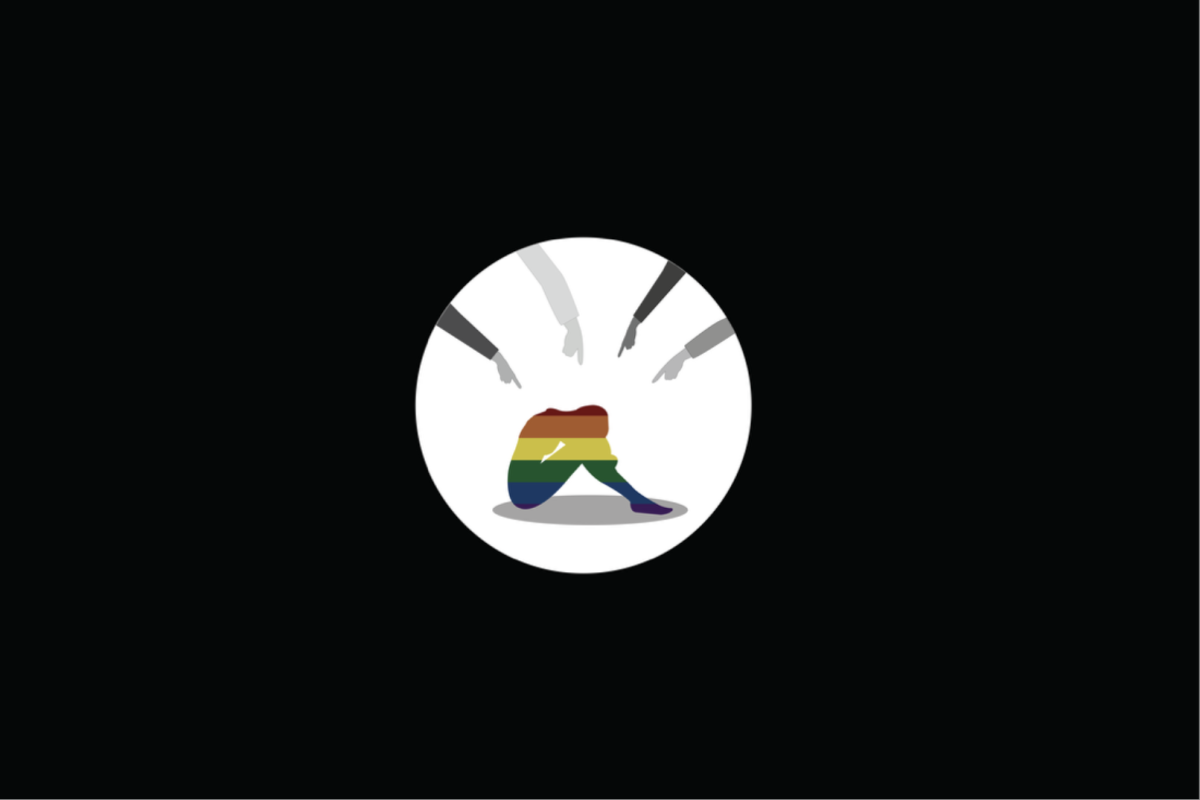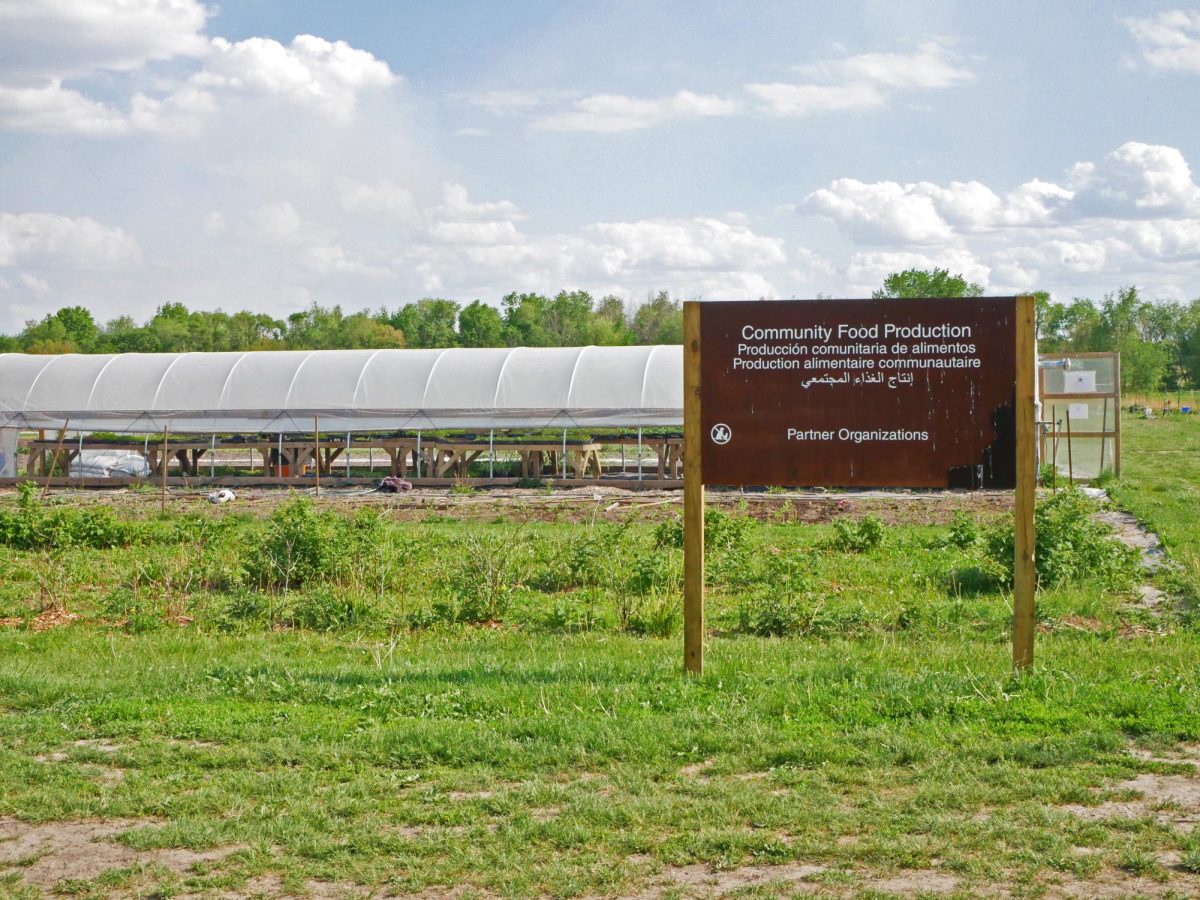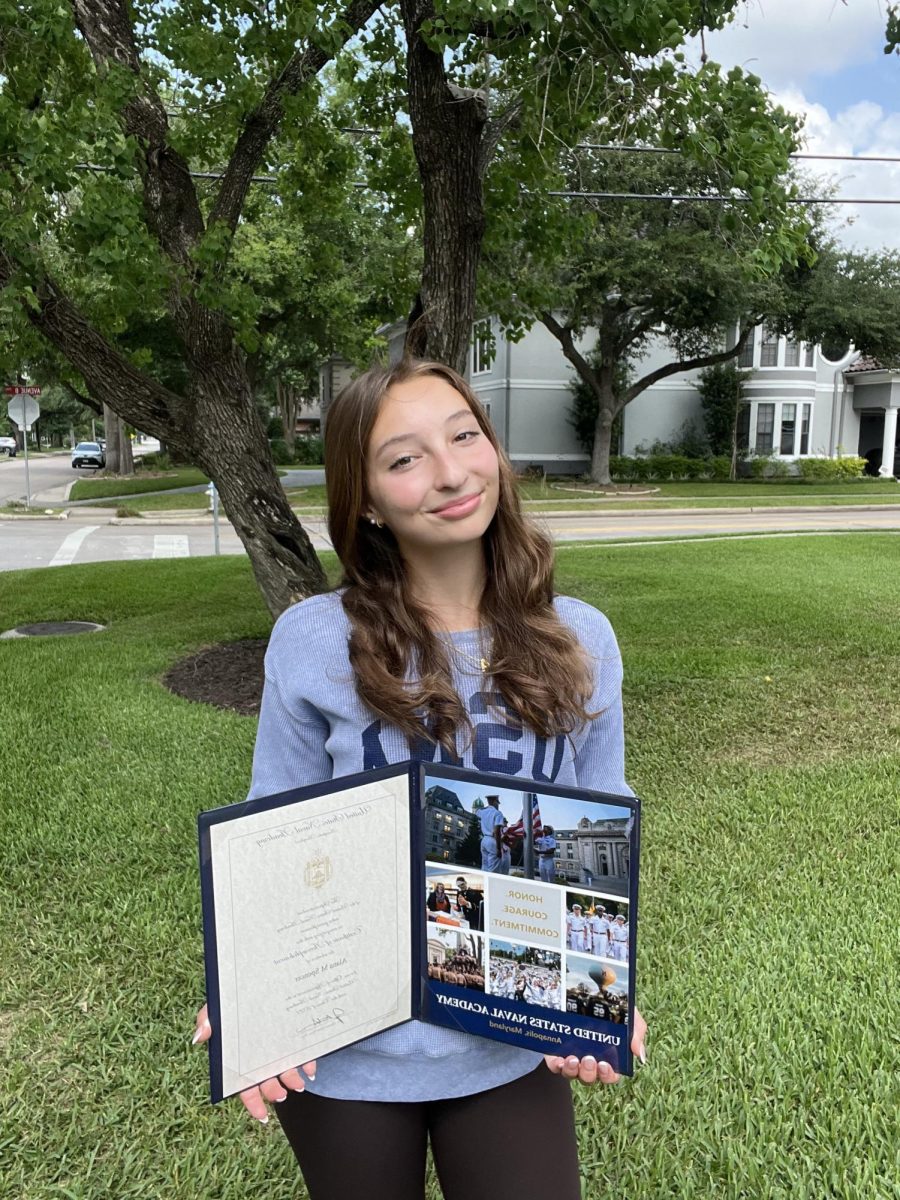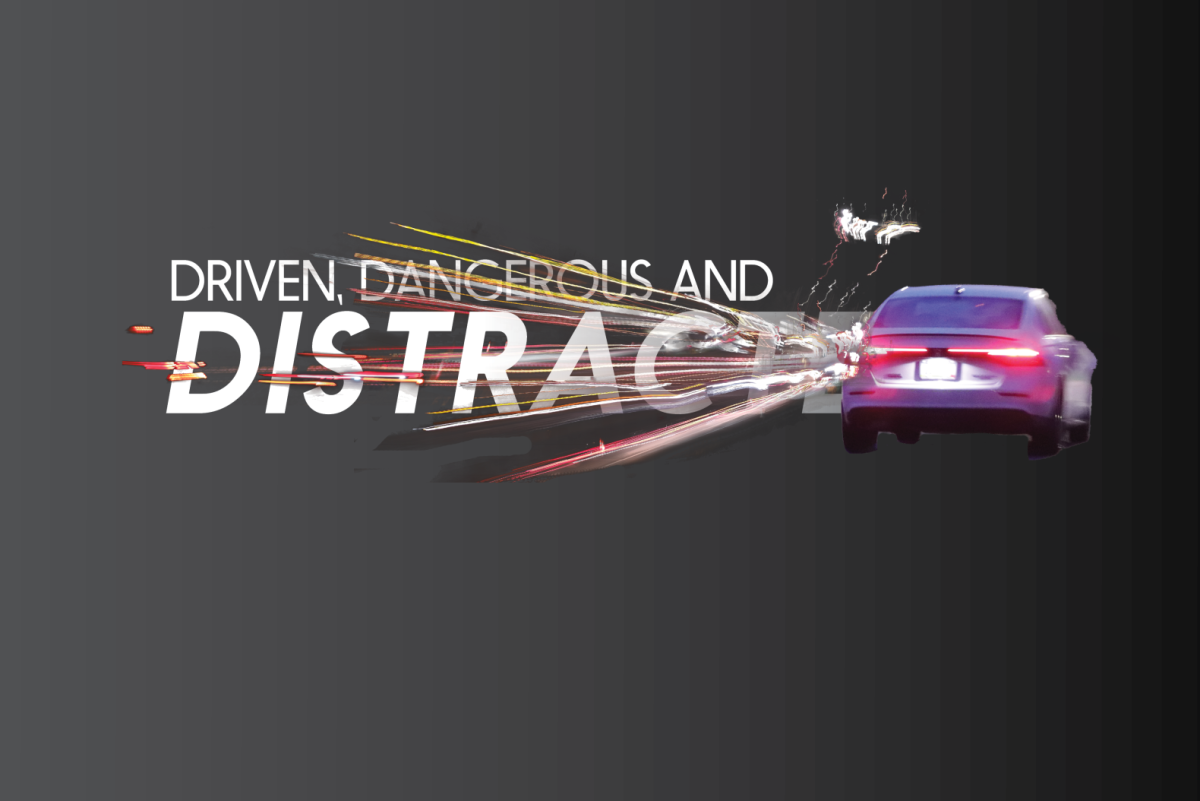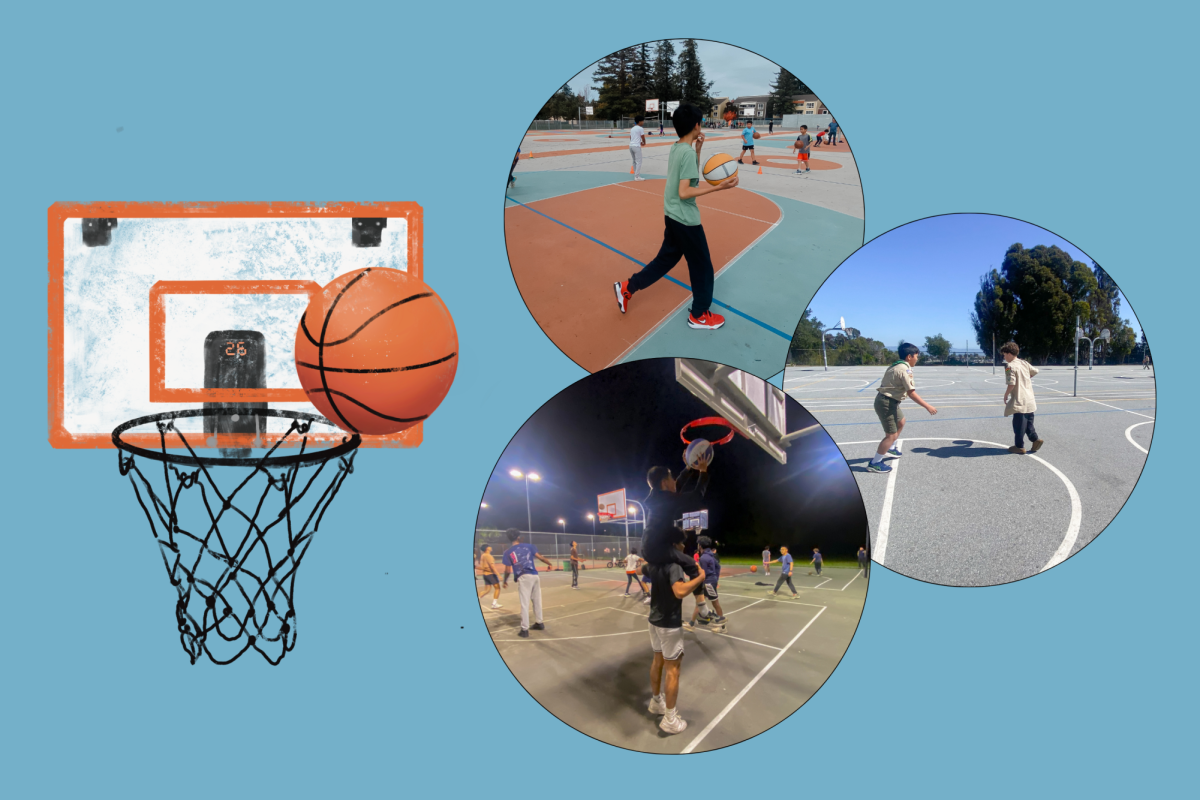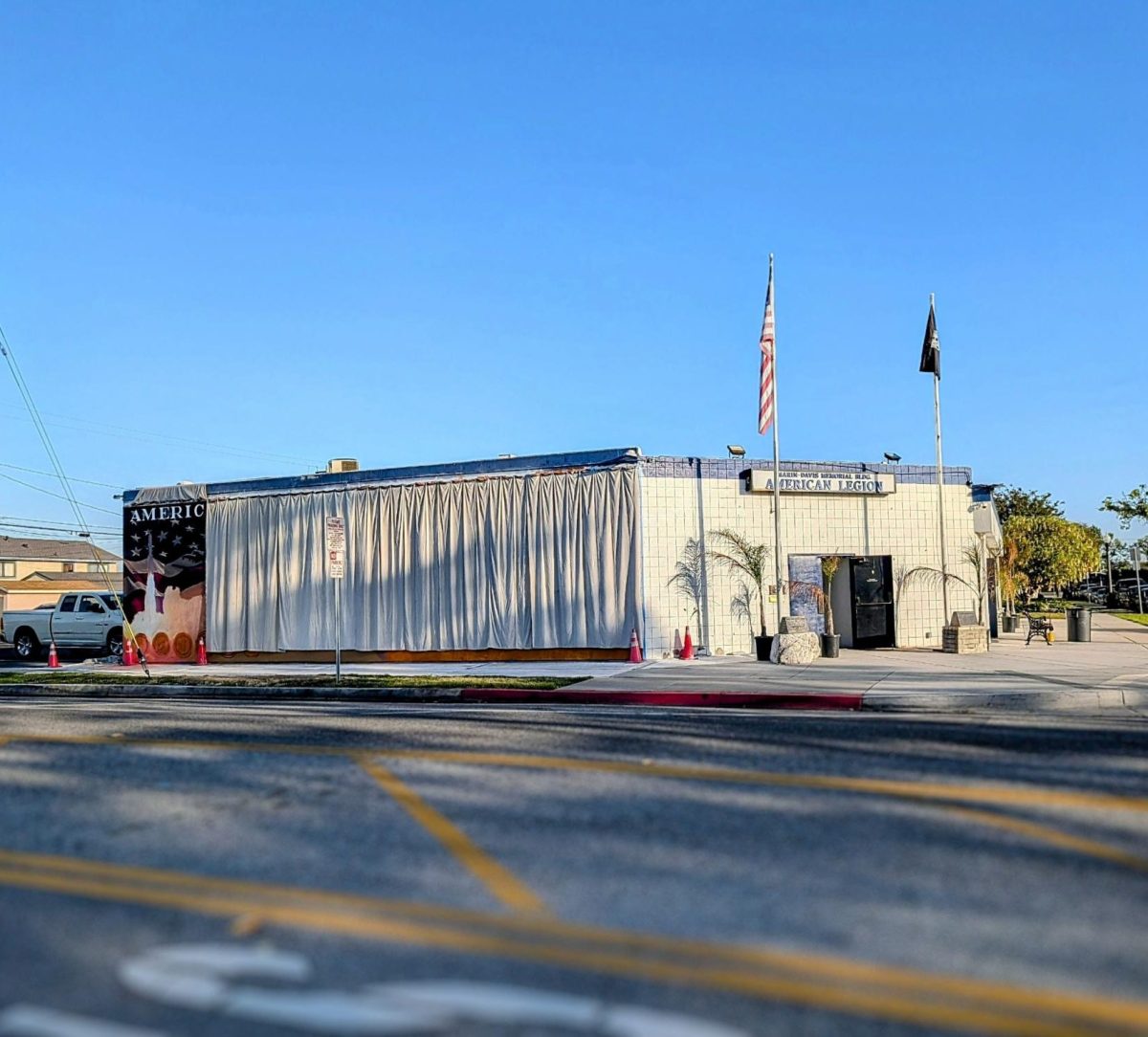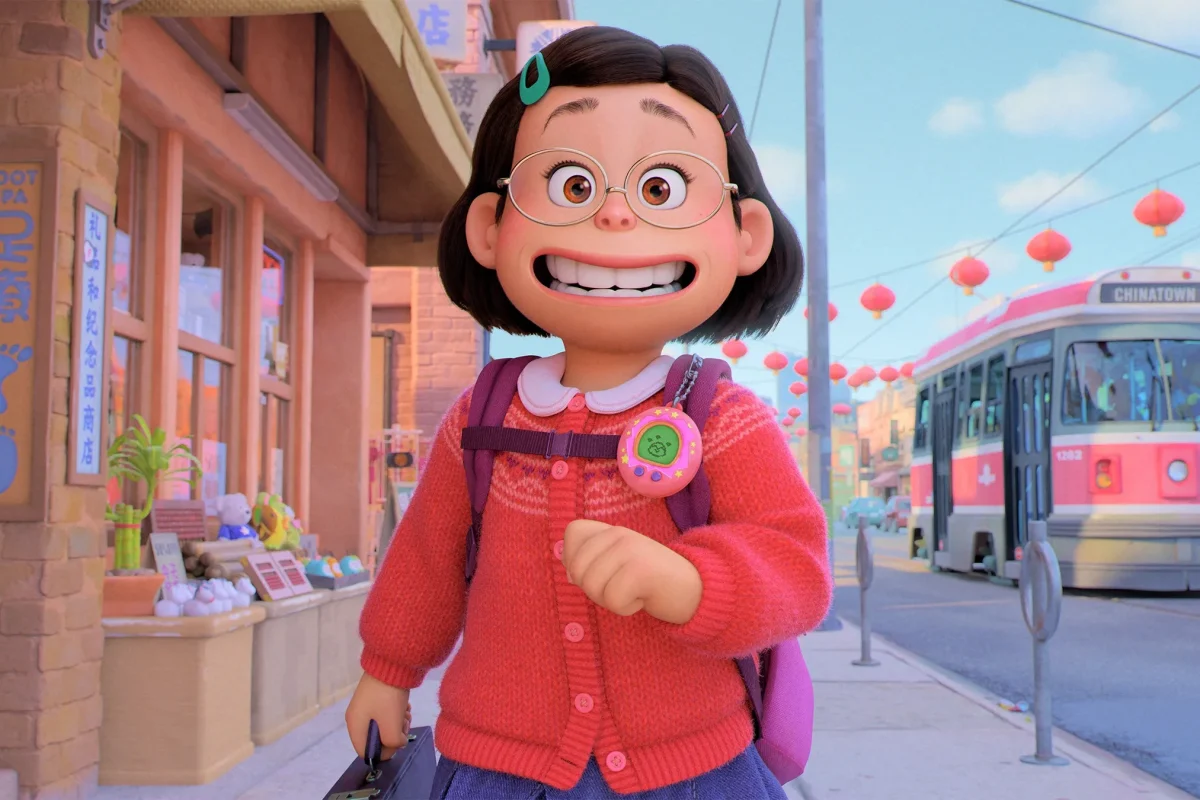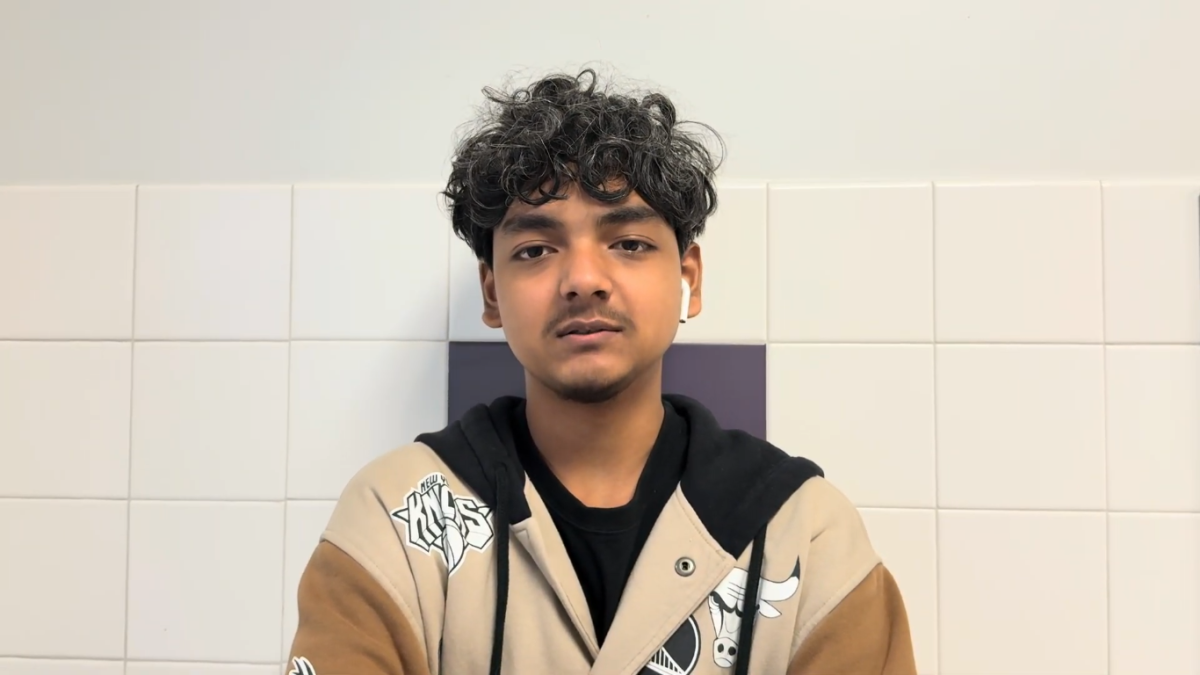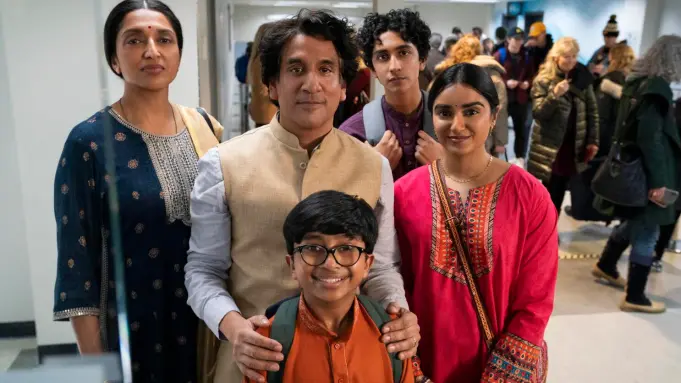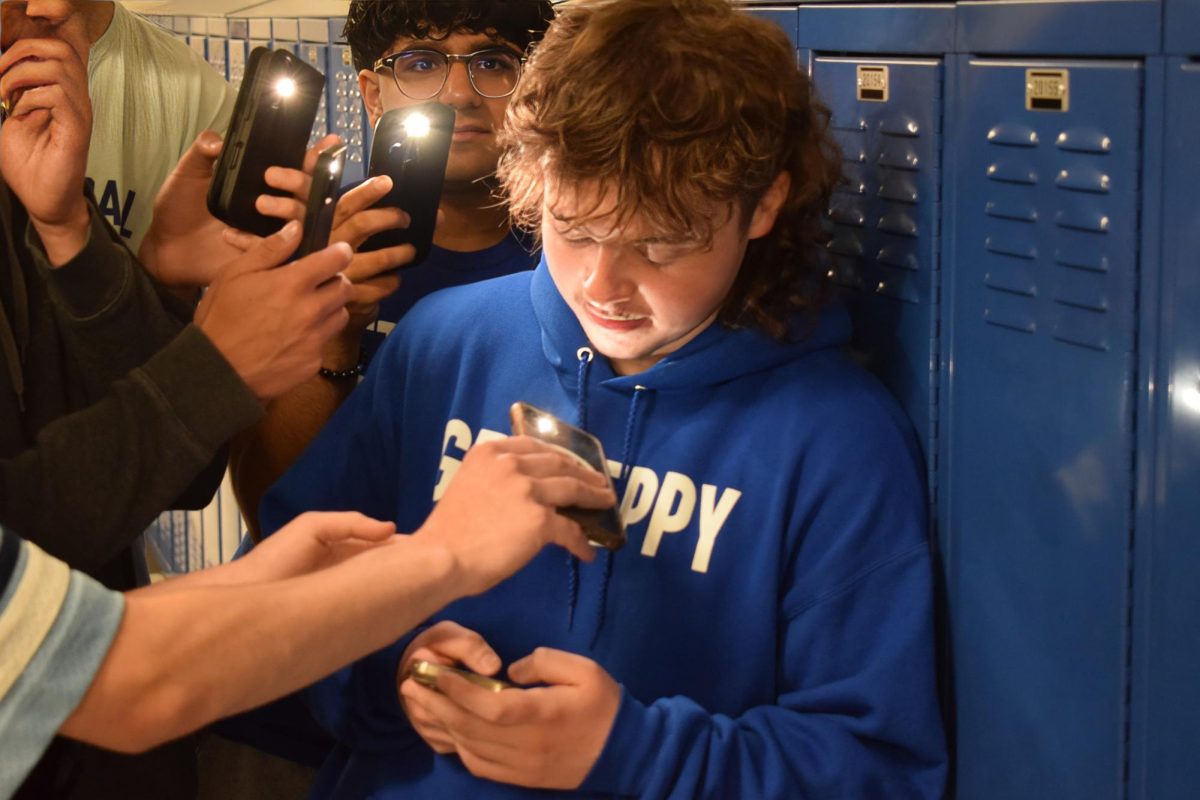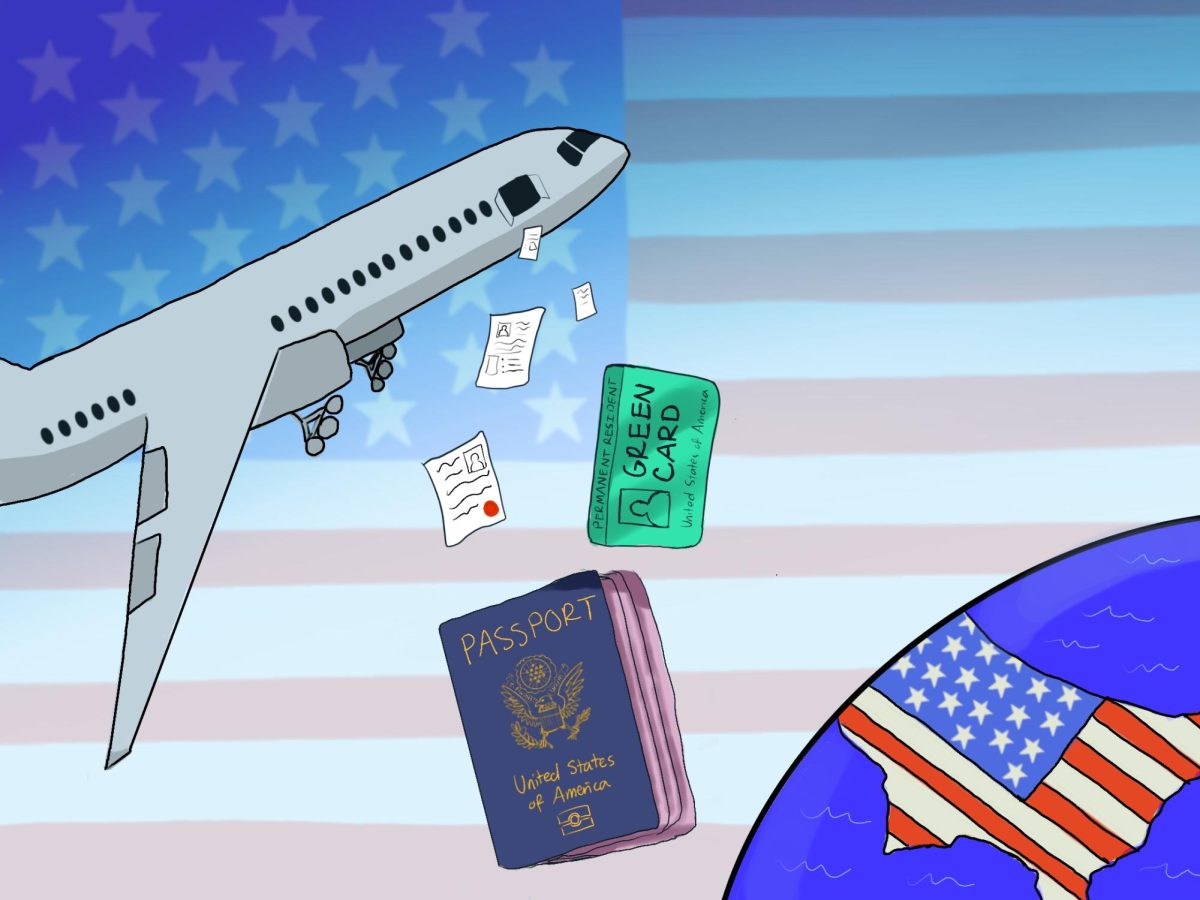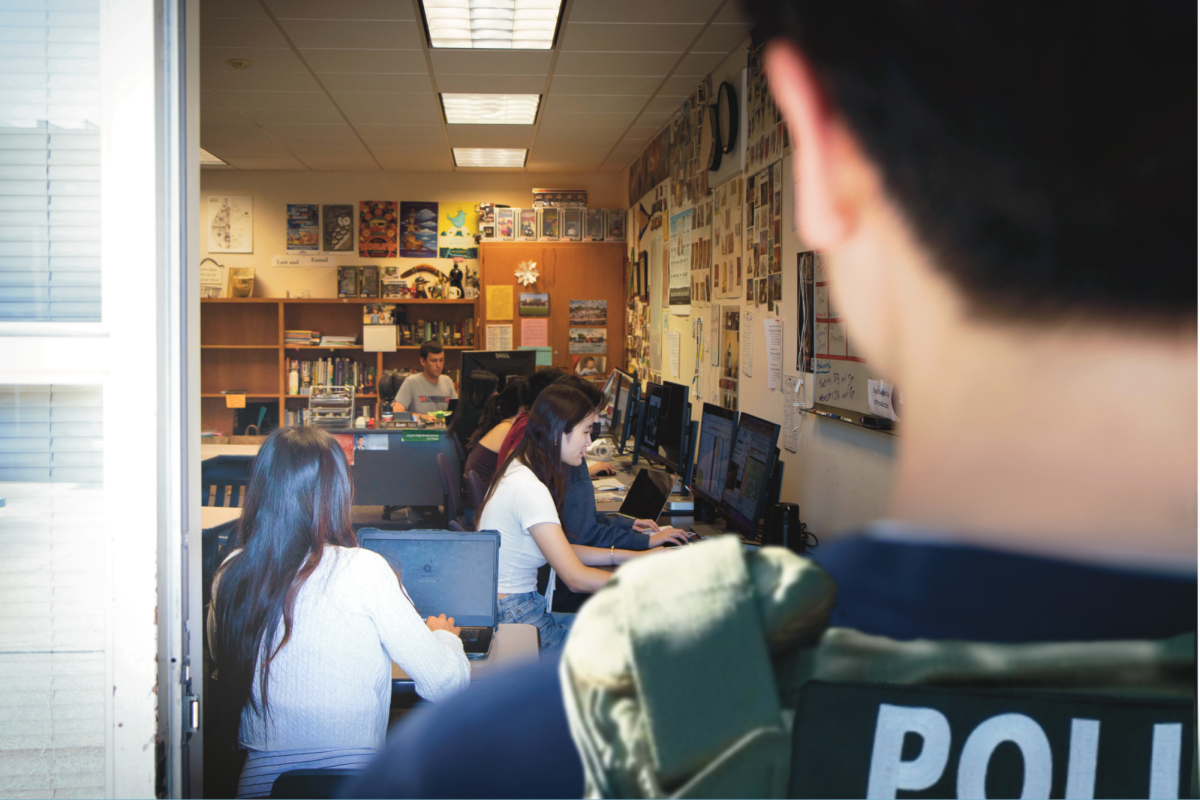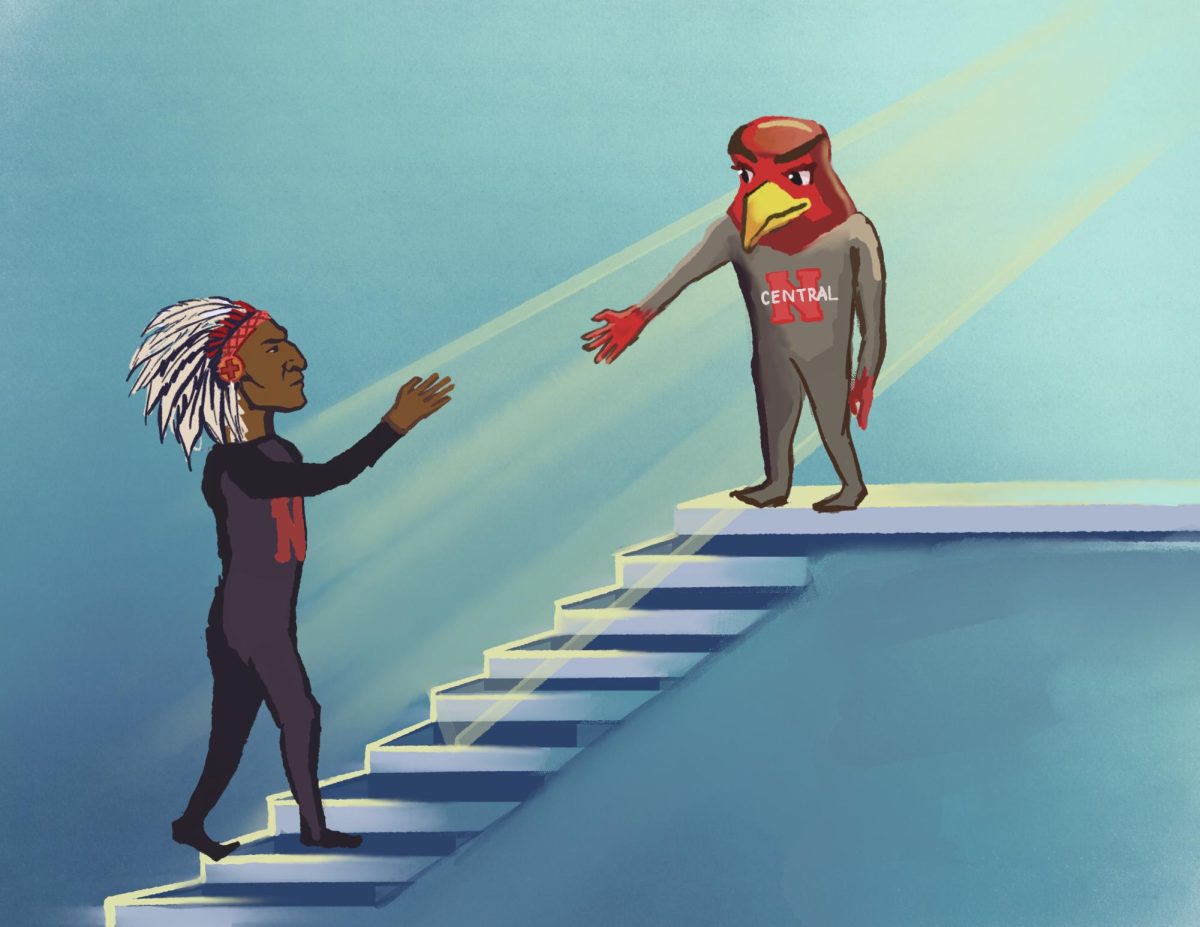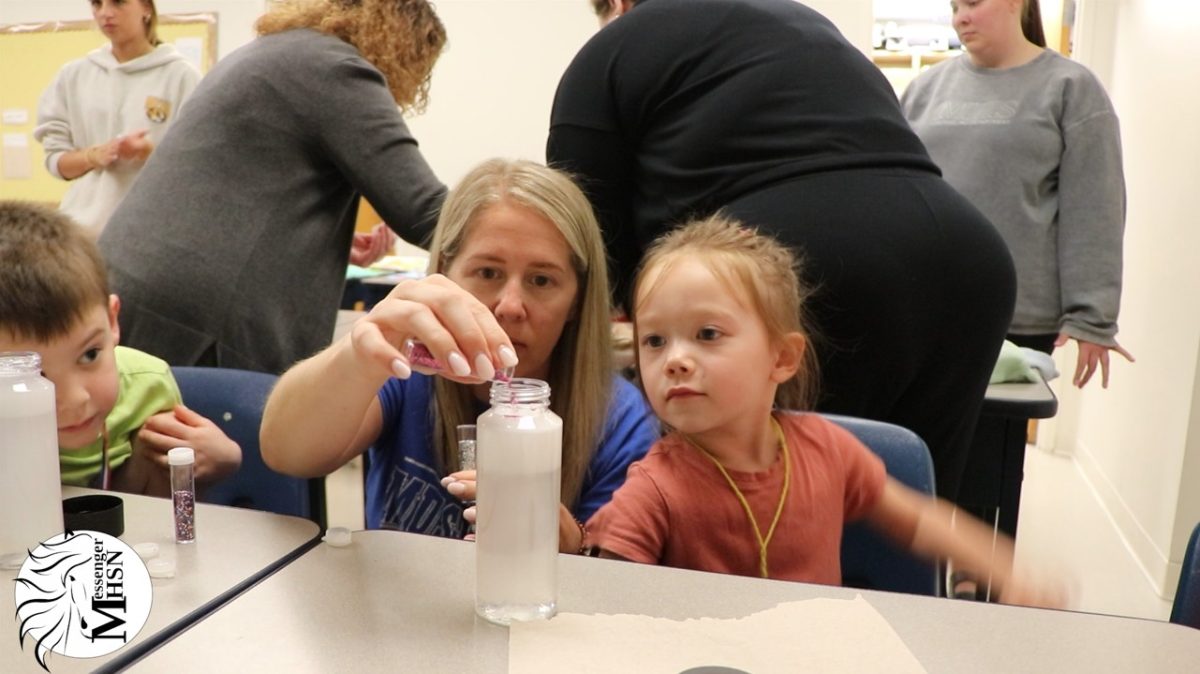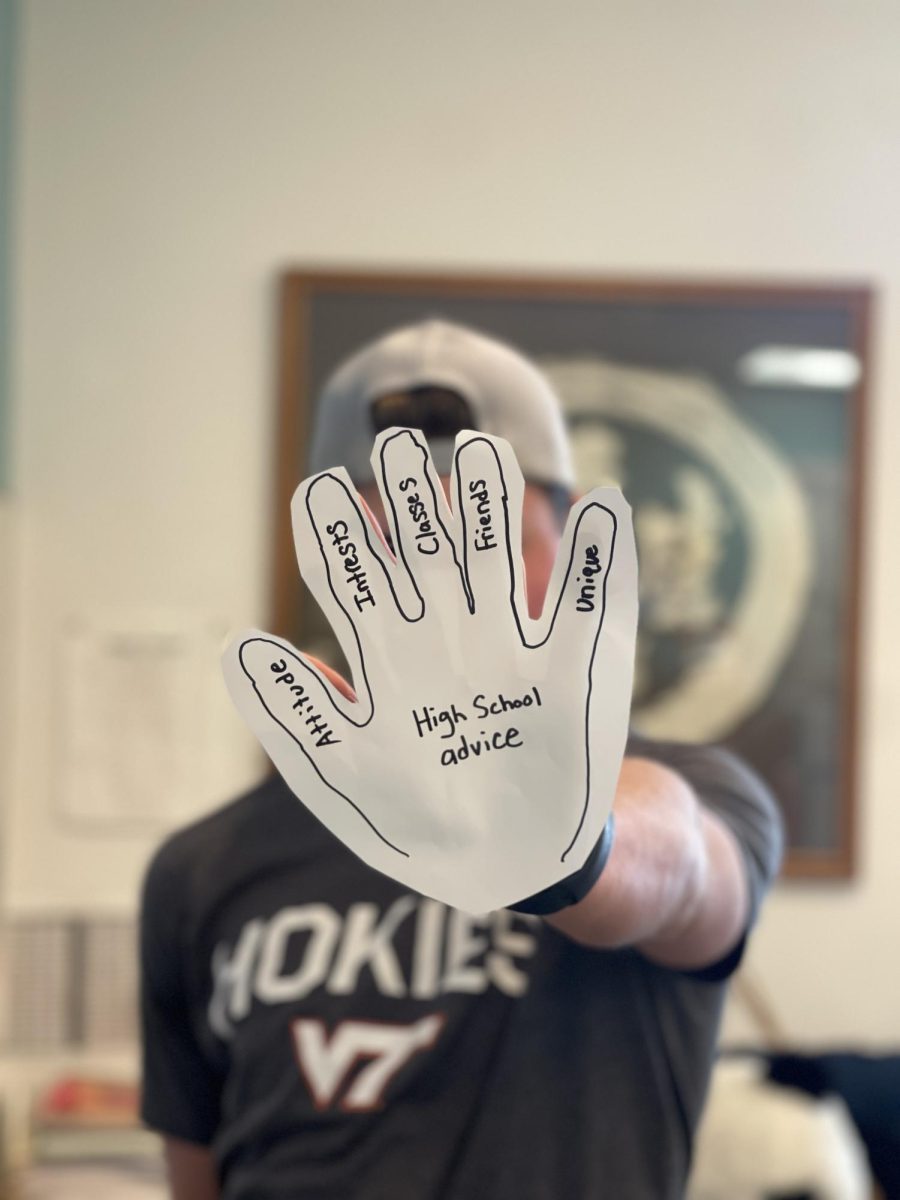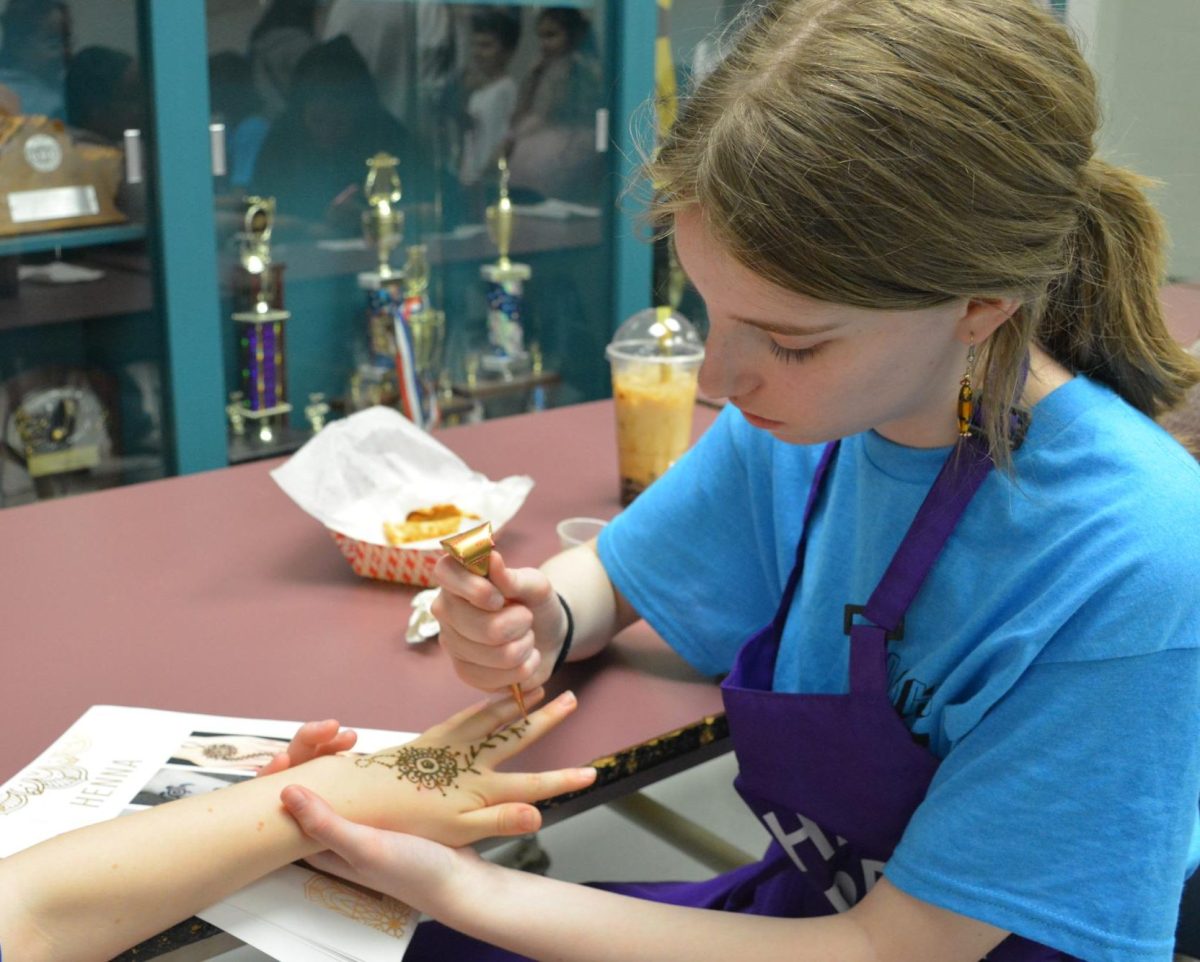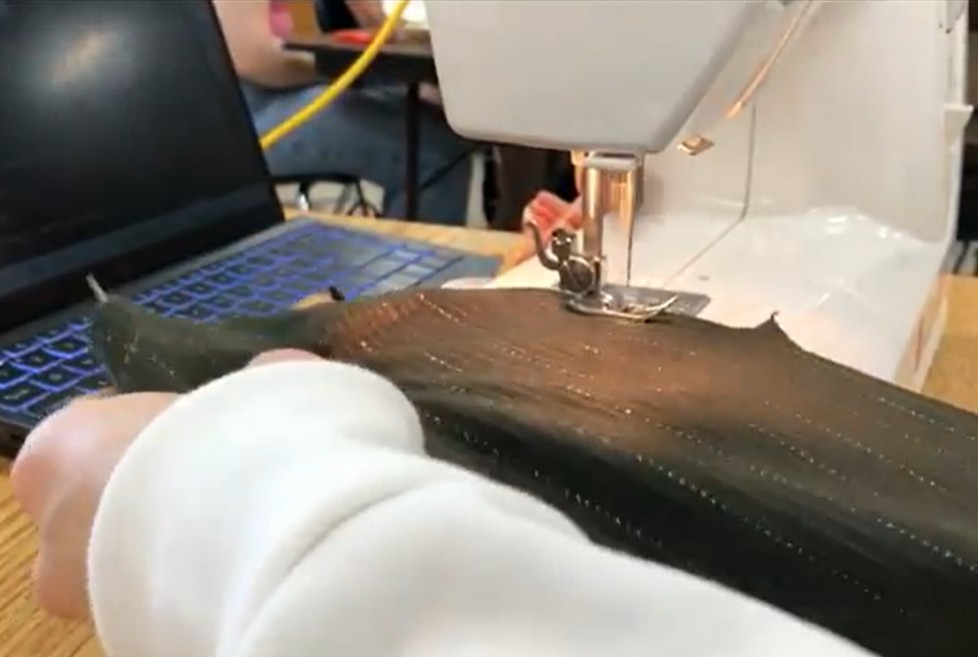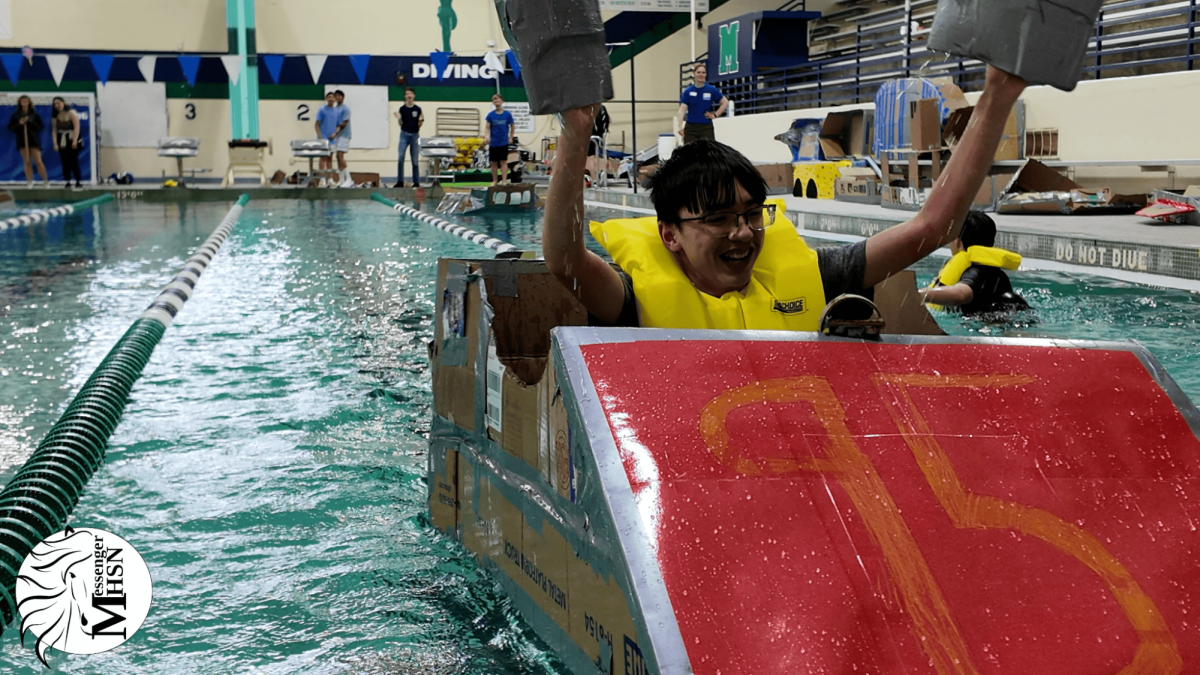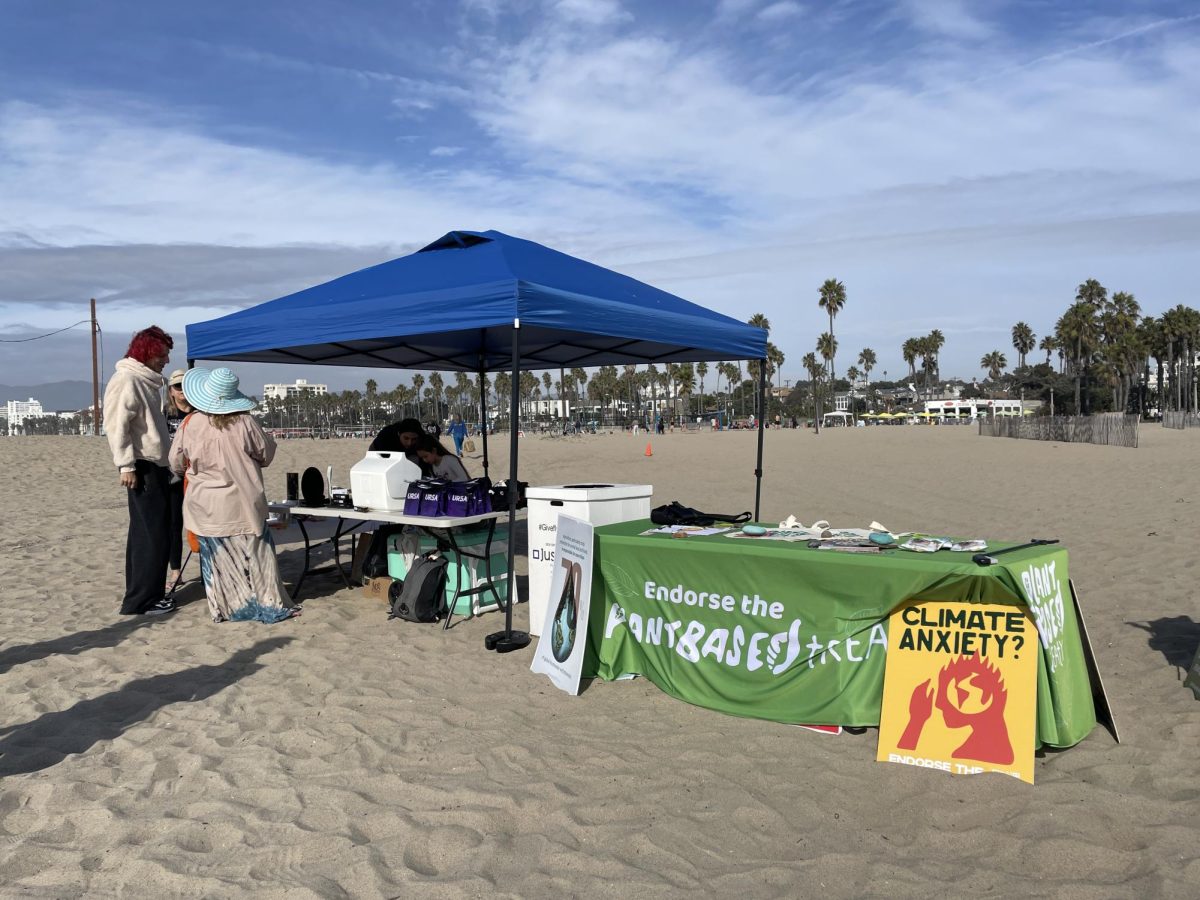It was a warm sunny day on the beach and two women walked side-by-side on the sand. They held trash grabbers to pick up waste on the shoreline. The two were on their way to the monthly Save Our Surf beach cleanup, one of many opportunities in Los Angeles.
Trash on beaches is often viewed as a nearly invisible problem because some pieces of plastic are extremely small and hard to spot. Despite this, the 2023 International Coastal Cleanup collected over 2.3 million waste items alone. Globally, the United States accounted for 20% of the trash collected on beaches across the world.
Venice Beach, located in Los Angeles, California, has over 10 million visitors per year and was named the most popular beach for tourists in Los Angeles. Venice Beach is also a meeting place for several beach cleanup organizations that host monthly events.
This past December, Save Our Surf hosted a beach cleanup, where they partnered with Plant Based Treaty and the Burrow Foundation. This cleanup was open to all ages and met beside lifeguard tower 26.
Shaka Smith helped organize the beach cleanup and said his intention for the event was to spread awareness about trash pollution on beaches to those who attend the cleanups and beachgoers in general.
“Every piece of trash is one less thing that will go in the ocean and kill a bird, or kill a fish, or kill marine life or any animals on land as well — so that’s the immediate goal,” Smith said. “But we also want to create a wave train. One thing I noticed with the first beach clean up I did is people would see us picking up trash and go, ‘Oh!’ and they would just remember to take their trash and throw it away.”
Sophomore Katie Ray McKillop volunteers for the Surfrider Foundation, an organization that hosts cleanups across Los Angeles. McKillop said she was inspired to help pick up trash because of her close relationship with the beach.
“I’ve always gone to the beach ever since I was little. I’ve done Junior Guards for a few years, and I love surfing. It’s just been a core part of my life,” McKillop said. “Seeing trash in the ocean makes me so sad and so mad at everyone who just completely ignores the fact that we’re in a climate crisis. We need to do something about this. You can’t just litter the ocean.”
Living in Los Angeles, McKillop said she feels the movie industry has inaccurately portrayed beaches like Venice as paradises, when, in reality, they are often covered with trash.
“I feel like the beach in movies is so much cleaner than people think,” McKillop said. ” Sometimes it feels gross going to the beach, and I think probably tourists see that — they expect it to be beautiful and clean, and then they find out that trash is a really big problem in LA.”
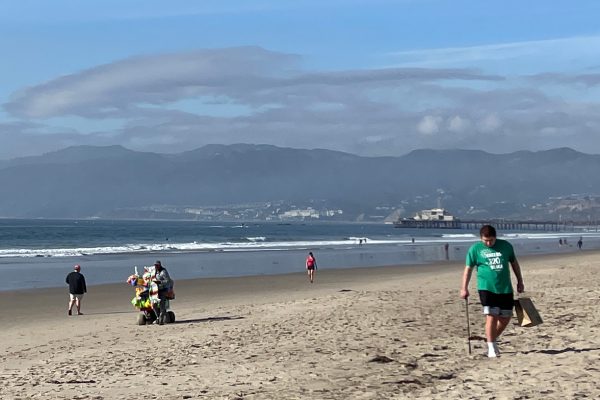
Archer’s Council for Sustainability board member Grace Ryan (‘25) said that current waste system in Los Angeles makes beaches appear vastly different, even though they are relatively in the same area.
“I think our current waste system is an out of sight, out of mind approach. The people who can afford to stash their waste out of sight are going to have naturally cleaner areas,” Ryan said. “So if you go just even a little bit further south, where it’s lower income communities, then you see all the trash that we’re pumping out of Brentwood, pumping out of the Palisades and pumping out of Santa Monica. It’s ending up in the places that can’t afford to stash away their trash.”
Oceana is the largest international organization that solely focuses on ocean conservation. They have offices in the Philippines, South America, North America and Europe and work to restore oceans on a global level.
Christy Leavitt, the Director of the United States Plastic Campaign works to pass bills regarding marine life safety on the national level with the presidential campaign and Congress, as well as on the local level. She is currently working on bills such as the Farewell to Foam bill, which would ban single use styrofoam plastic foodware, packing peanuts and single-use foam coolers.
Plastic ultimately breaks up up into micro plastics, which are smaller than about five millimeters, or the size of an eraser on a pencil. The biggest impact of microplastics are on wildlife, which Leavitt said is especially concerning, as 88% of the animals directly affected were endangered species.
“The smaller bits are harder to clean up,” Leavitt said. “And a recent study from a coalition partner looked at the amount of microplastics in the world oceans, and they found that the 171 trillion microplastic particles, on average, were present just on the surface of the ocean in 2019, and we know that microplastics go to all ocean depths, so they don’t just stay — so that’s just 171 trillion microplastic particles on the ocean surface. But there’s a lot more below that too.”
There are currently 33 billion pounds of plastic being dumped in the ocean every year, which is equivalent to two garbage trucks being dumped each minute. While Leavitt said beach cleanups are certainly effective, she believes there are more helpful ways to get involved when it comes to protecting the oceans.
“It’s good to pick the trash up off the beach. But it’s not going to be enough. You get a whole bunch of trash out of there, and that is a really good thing to do, but if you come back in two weeks, you will still need to get a whole bunch of trash out of that river or off of that that beach. It’s also good to take your reusable bag to the grocery store, even if there’s not a law that yet has banned plastic bags in your city or town,” Leavitt said. “Getting in touch with your elected officials, whether that’s by writing letters or making phone calls or going and doing meetings with them, they’re representing you. It’s really important for constituents to make their voices heard.”
While trash dumped on the sand often remains there for extended periods of time, it often flows into the water. Leavitt said this is highly problematic because ocean trash pollution can impact our water sources and the animals who live in it.
“There’s other examples of trash and plastics washing up on beaches,” Leavitt said.”I think people’s most common experience will be that plastic trash goes on the beach, going into the ocean, but there’s definitely times when the ocean is bringing stuff back to the beach.”
Leavitt said she recommends reaching out to officials to see change in your community and oceans as a whole.
“Elected officials hearing from young people is so important. It’s not only a voice of what needs to happen now, but also a voice for the future,” Leavitt said. “That policy way of making your voice heard is really important, that might not be what everyone wants to do. Bringing people out to the beach, going out there and doing a cleanup and seeing what pollution is there, and then write a letter at the end of that. So you can have both the clean up experience and getting your hands dirty, and writing to decision- makers.”
Listen to Leavitt describe the effects of microplastics on albatross in the video below.
This story was originally published on The Oracle on January 28, 2025.




